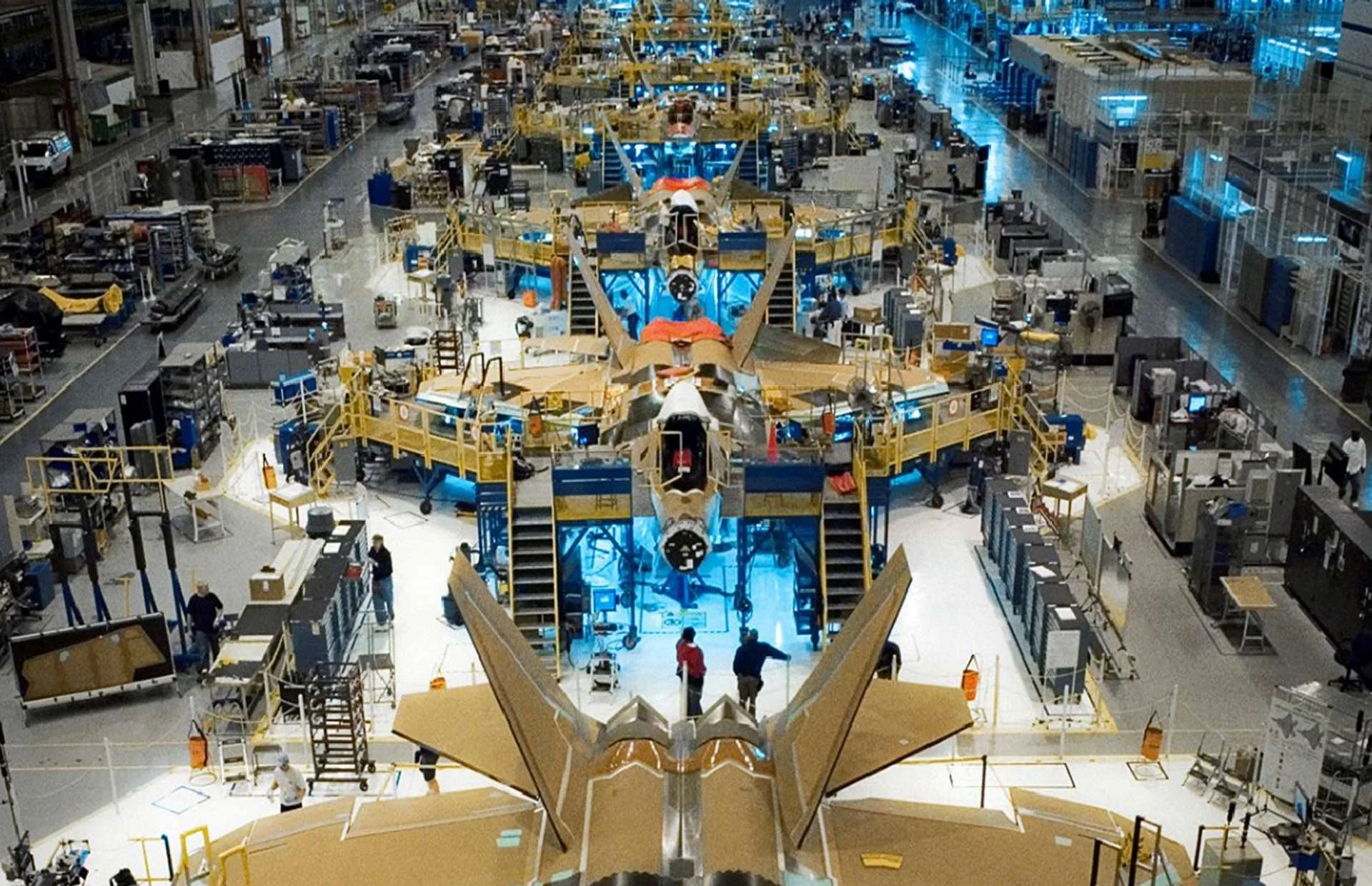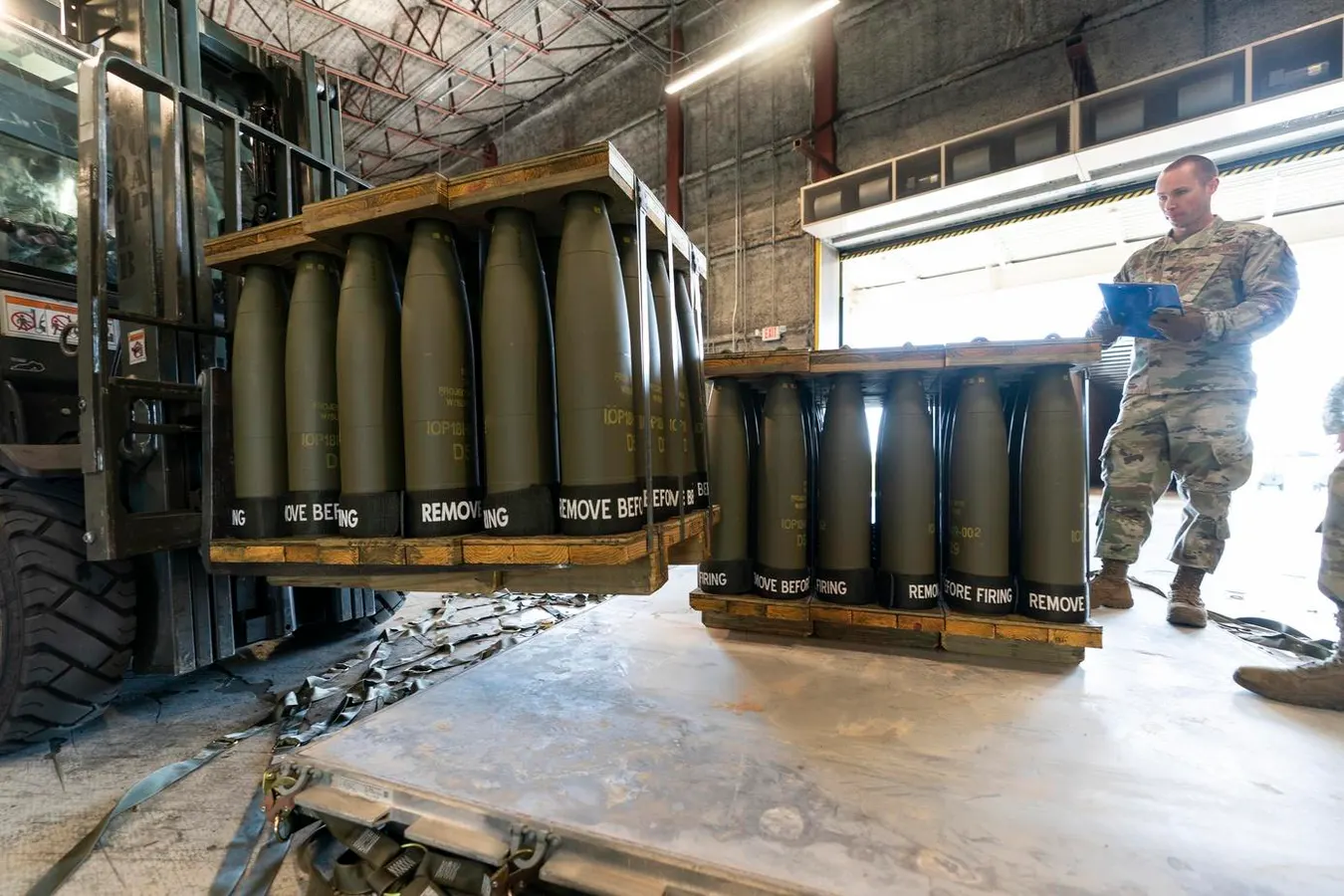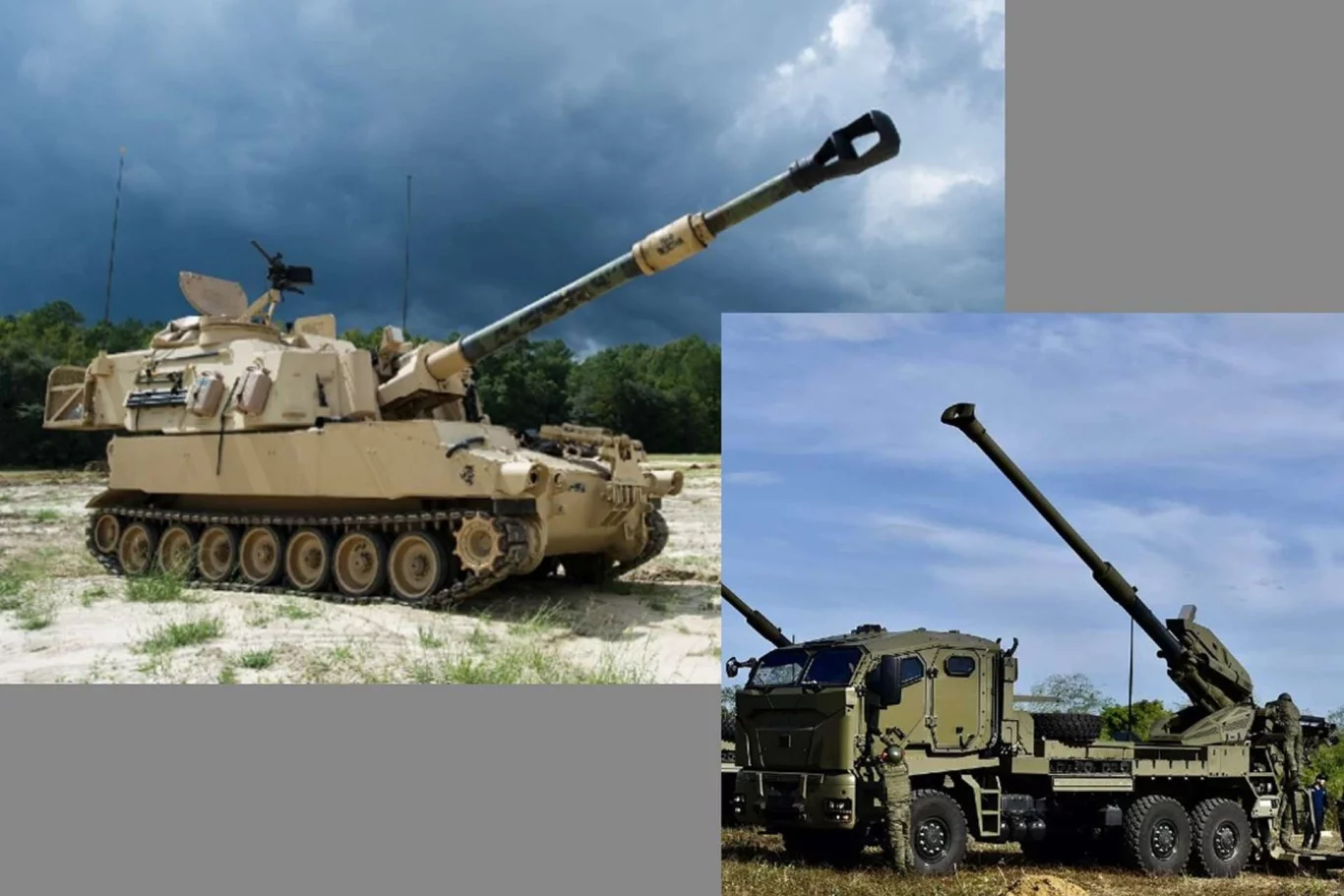The wind howled across the desolate moors, a low moan that carried the weight of secrets. Somewhere in the misty expanse of the United Kingdom’s proving grounds, a new kind of war was being waged—not with tanks or jets, but with invisible threads of radio frequencies and the silent hum of drones. The British Army, under the codename Project Vanaheim, had convened a clandestine gathering of warriors and engineers to confront an enemy that was small, agile, and increasingly deadly: unmanned aerial systems (UAS). The stakes were nothing less than control of the skies, and the tools at their disposal were nine cutting-edge counter-unmanned aircraft systems (C-UAS), each a masterpiece of modern warfare, battle-tested on the rugged chassis of the Supacat High Mobility Transporter, known to the troops as the Jackal.
The Jackal, a lean, mean fighting machine, growled across the terrain, its angular frame bristling with sensors and weaponry. It was no ordinary vehicle; it was the spearhead of a revolution. The British Army had chosen this versatile platform to carry the weight of their ambitions, mounting C-UAS systems that could be deployed on the move or dismounted for static defense. The Jackal’s mobility was its edge, allowing it to weave through the chaos of a battlefield while its onboard systems scanned the heavens for threats. But this wasn’t just about hardware—it was about integration, about weaving these systems into the digital nervous system of the British Army through the Android Tactical Assault Kit (ATAK), a battlefield network that turned raw data into actionable intelligence.
The trials were a crucible, a proving ground where the future of warfare was being forged. Nine C-UAS platforms, their names cloaked in operational secrecy, stood ready to face a swarm of simulated threats. Drones, piloted by unseen hands, buzzed through the air—some small and nimble, others larger, carrying payloads that could spell disaster. The systems deployed were a symphony of technology: electro-optical cameras that pierced the fog, radars that mapped the sky in real-time, smart sights that locked onto targets with unerring precision, and acoustic sensors that listened for the faint whine of rotors. Each platform was a piece of a larger puzzle, designed to detect, track, and neutralize the enemy with ruthless efficiency.
The battlefield was a chessboard, and the British Army was playing both sides. The C-UAS systems were not just about detection; they were about effect. Some employed “soft kills,” disrupting the delicate link between a drone and its ground control station with surgical bursts of radio frequency (RF) interference. Others went further, wielding cyber and electromagnetic activities (CEMA) to hijack the drone’s own protocols, turning it into a puppet under the Army’s command. A rogue drone, moments ago a threat, could be forced to land or redirected to a safe zone, its mission aborted by a few keystrokes. For those threats too stubborn to yield, “hard kills” were an option—kinetic solutions that turned drones into smoldering wreckage.
The MoD source, a grizzled veteran of countless briefings, spoke in measured tones about the trials. “We’re not just fighting drones,” he said, his voice low, as if the enemy could hear. “We’re fighting the future. These systems have to be adaptable, scalable, integrated. One misstep, and the skies belong to the enemy.” His words hung in the air, a reminder of the stakes. The Jackals, with their modular C-UAS payloads, were the answer to that challenge. They could be reconfigured in the field, swapping out sensors or effectors as the mission demanded. Dismounted, they became portable fortresses, ready to defend a forward operating base or a critical infrastructure site.
The trials weren’t just a technical exercise; they were a glimpse into the evolving nature of warfare. Drones had become the weapon of choice for adversaries ranging from rogue states to non-state actors. Cheap, accessible, and deadly, they could strike from angles no traditional defense was designed to counter. Project Vanaheim was the British Army’s response—a bold bid to reclaim the initiative. The integration with ATAK was a game-changer, allowing real-time data sharing across units. A soldier on the ground could see what the radar saw, could direct a soft kill with a tap on a ruggedized tablet. It was the kind of networked warfare that would have made Cold War generals envious.
But the trials weren’t without their challenges. The systems had to operate in the harshest conditions—rain-soaked moors, electromagnetic interference, and the chaos of a simulated battlefield. Each platform was pushed to its limits, tested against swarms of drones that mimicked the tactics of real-world adversaries. Some systems faltered, their sensors overwhelmed by the sheer volume of targets. Others excelled, their AI-driven algorithms sifting through the noise to pinpoint threats with uncanny accuracy. The MoD source was tight-lipped about the specifics, but the results spoke for themselves: nine platforms, each with unique strengths, were shaping the future of C-UAS doctrine.
The RF systems were particularly impressive. One platform, its designation classified, could disrupt a drone’s control link from kilometers away, rendering it blind and helpless. Another used CEMA to infiltrate the drone’s onboard systems, rewriting its mission parameters in mid-flight. The operator, watching through a feed on ATAK, could see the drone’s camera view shift as it obeyed new commands, a testament to the power of cyber warfare. “It’s like stealing the enemy’s sword and using it against them,” the source said, a rare smile breaking through his stoic demeanor.
The hard-kill systems were no less formidable. One platform, mounted on a Jackal, unleashed a barrage of precision-guided munitions, shredding a target drone in a shower of sparks. Another used directed-energy weapons, a prototype laser that burned through a drone’s airframe in seconds. The trials were a showcase of what was possible when human ingenuity met cutting-edge technology. But they were also a warning: the enemy was evolving, and the British Army had to stay one step ahead.
As the trials drew to a close, the moors fell silent once more. The Jackals returned to their bases, their C-UAS systems powered down but ready for the next call to action. Project Vanaheim had proven its worth, demonstrating that the British Army could meet the drone threat head-on. But the war for the skies was far from over. Somewhere, in a hidden workshop or a hostile nation’s lab, the next generation of drones was being built. And the British Army, with its nine C-UAS platforms, would be ready to meet them.
The MoD source stood at the edge of the proving ground, staring into the horizon. “This is just the beginning,” he said. “The real battle is coming.” His words were a challenge, a call to arms for a new era of warfare. Project Vanaheim was more than a trial; it was a declaration of intent. The British Army would not cede the skies—not now, not ever.




